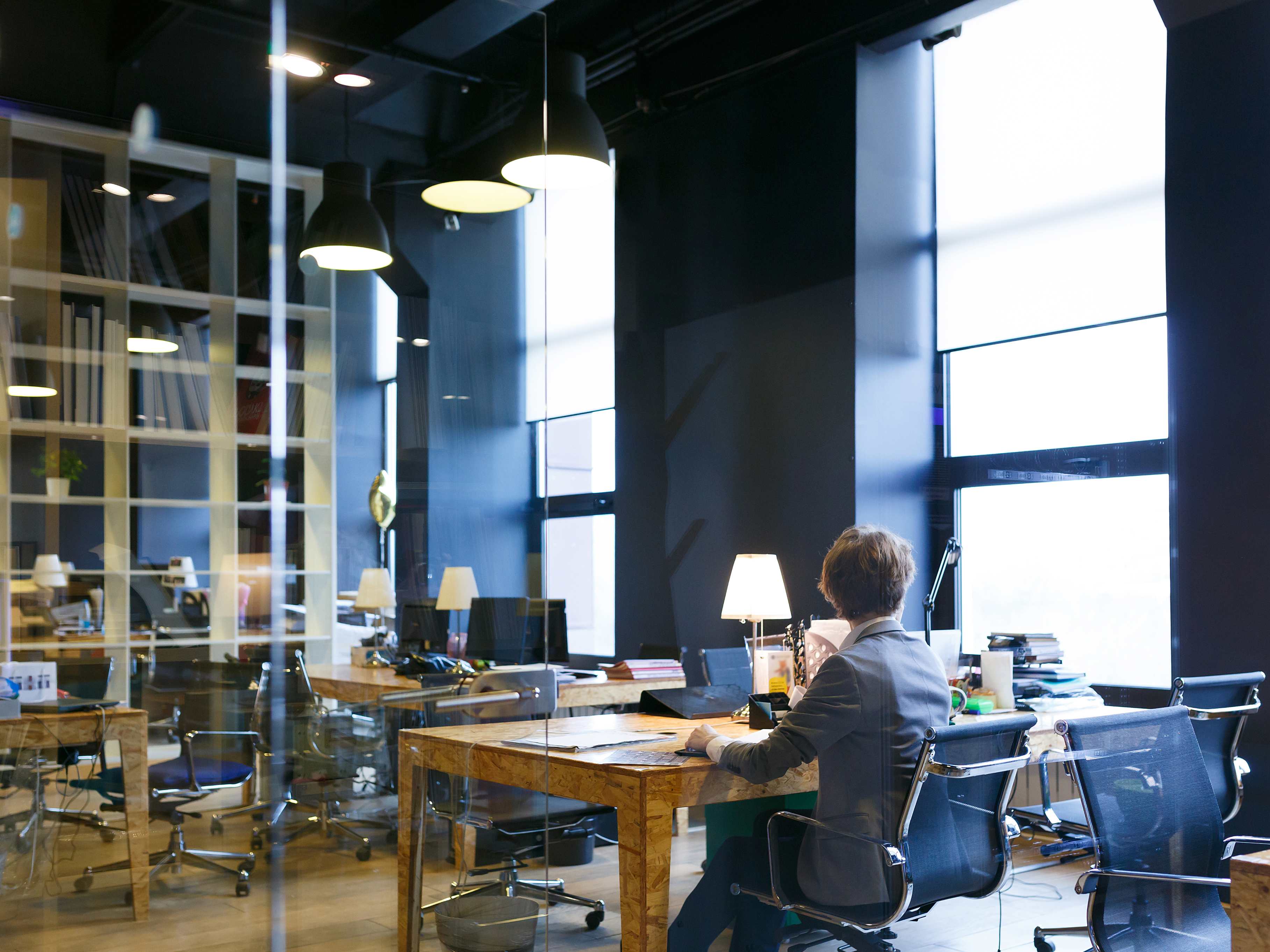Occupier Markets: Ready, Steady, Go!
2022 will be the year when the rubber truly starts to hit the road in global occupational markets. An emergent, urgent business transformation agenda puts real estate firmly in the spotlight, generating depth and diversity in demand across global real estate markets.
4 minutes to read
While occupiers will continue to be on and off the brakes as they navigate the switchbacks caused by variants, the growing recognition that Coronavirus is something that we will live with over the long-term requires business leaders to get on and advance their transformation plans. They will need to act urgently on three specific fronts, each of which put real estate firmly in the spotlight:
1. Closing the gap between ambition and action on sustainability
The clock continues to click in respect of global climate change. Encouragingly, recognition of the challenge is shaping behaviours at individual, corporate and governmental levels. Alarmingly, our (Y)OUR SPACE report highlighted a significant disconnect between the sustainability ambitions of corporates – as portrayed through Net Zero Carbon targets – and the perceived role of real estate in supporting the attainment of those ambitions. Whilst there are many things that business leaders can address to lower their carbon emissions, with real estate representing around 40% of global carbon emissions it is fanciful to think that targets can be met without addressing the corporate real estate portfolio. We have seen some progress over the last twelve months but as more occupiers make public commitments, and as understanding through education increases, the operation and occupancy of more sustainable real estate will become mission critical – not least because failure to a report on progress will be ever-more costly from both a financial and reputational perspective.
2. Creating a place in the new world of work
Personal and collective working experiences during the pandemic, when combined with the apparent strength and resilience of the global labour market, are forcing a fundamental re-evaluation of the how and where of work. The outcome of these ruminations are typically referred to as hybrid workstyles - or the ability for employees to work more flexibly and combine formal workplace settings such as the office with more remote environments, be that the home or third-spaces that are closer to home – and they have growing appeal amongst business leaders. Yet, according to a recent KPMG survey, only around a third of global CEOs have, to date, implemented formal hybrid working plans. 2022 will see a rapid acceleration of the path towards hybrid.
This will have implications for the quantum and quality of formal office space occupiers require. Quantum will be adjusted but typically not by the 30-40% of floor-space suggested at the start of the pandemic. The flight to quality space, so apparent in global markets over the last year, will accelerate as breaks and expiries allow but will do so against a backdrop of limited available new supply and a broader sustainable development challenge of bringing older buildings back into productive use rather than razing them to the ground as of old.
The acceleration will also challenge the binary view of the office and remote settings being distinct. For offices to flourish in this hybrid world there will need to be a focus on incorporating those operating outside of the building seamlessly into it. An inclusive, positive working and workplace experience depends on it. 2022 will therefore see great innovation and adoption of technologies that make the seamless integration of the hybrid workforce a reality rather than a pipedream.

3. Safely cultivating corporate culture and connection
In this hybrid world of work offices retain importance and have a critical and increasingly recognised role in cultivating organisational culture and facilitating the in-person, social connection so important to growth and development. But as the last year has shown, the process of re-occupancy will hinge on the ability to deliver safe space and space which exceeds the experience that can be obtained working remotely.
The delivery of a safe office environment will move from being a surface to air battle. As our understanding of the virus and its transmission has increased, so too has the effectiveness of our interventions to make office space safe. 2022 will bring even more attention to air conditioning and ventilation as a precursor to the inevitable greater sharing of desk-space. This is a further issue that will rub-up against broader sustainability considerations.
We have long argued that wellness sits comfortably alongside these fundamental health and safety considerations. The next year will see our definition of wellbeing broaden away from physical and mental health to take in ideas of personal and career development. This will collide with growing upskilling and reskilling pressures being faced by business leaders and will see educational amenities enter the office fray alongside a broadening array of amenity requirements.
The three fronts shaping business agendas in 2022 are good news for occupational markets. They will ensure the momentum gained throughout the last year is sustained into the new, but we must also recognise that they will also challenge orthodoxy, create different demand dynamics and lead to a more diverse range of occupier requirements than we have ever seen across global office markets.